Water leaks caused by overflowing gutters around your home can cause water infiltration into your walls and ceiling.
How do you know where the leak in the gutter is?
There are numerous places in the gutters around your home that could be causing leaks… the most common being the joints between sections. Water pooling in areas will also eventually rust through galvanised steel, or potentially seep through seems of aluminum gutters. Blocked gutter being the other major contributor to overflowing gutters.
The main issue is catching the gutter leak problem before it’s too late… and in alot of cases it may be too late without you even knowing it. The two photos below are examples of what we mean… as seen with an infrared camera (water coming down from above).
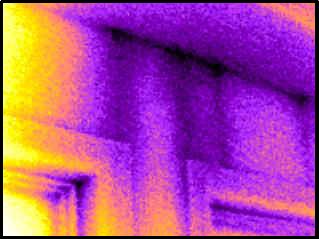
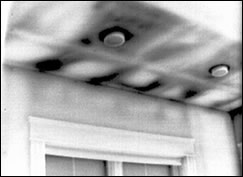
The majority of homes do have eves/soffits that usually protect any such leaks from impacting the exterior building envelope walls… or do they? In some cases the soffits are horizontal, potentially allowing a gutter leak/overflow to find it’s way across and into your walls (righthand photo is of water pooling in soffit). Some homes in NZ have no guttering or eves at all.
With a thermal imaging camera and moisture meter, we can detect signs of moisture ingress where a failure in the roof or guttering could be the cause. Pinpointing areas of water ingress without pulling walls down or putting holes through the gib certainly helps to narrow down the leak source.
If you have overflowing gutters, not only do you need to clean them, but you should also consider getting an infrared quick scan on your home asap. We can scan your home and perform a non-invasive moisture meter test throughout. Having a peace of mind your asset isn’t rotting before your eyes could be well worth it!

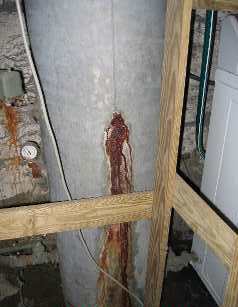
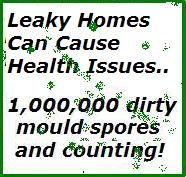
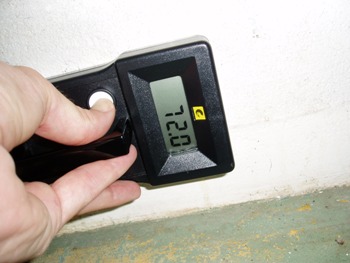
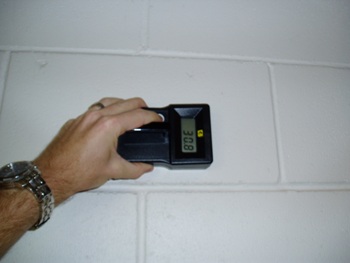
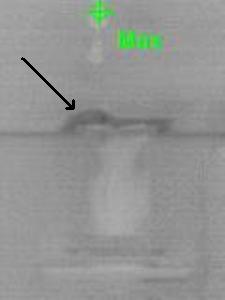
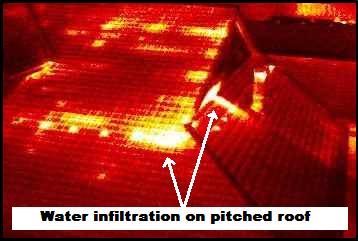
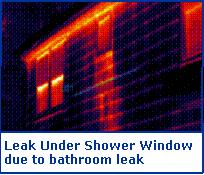 Once water gets into the wood, you need to act fast because the water will track sideways and get in behind the tiles, around windows (see photo), into other walls behind your bathroom, and if the shower is on a 2nd story of your home, it could seriously damage the ceiling of the room underneath your bathroom. The other problem could be that there is simply to much moisture in your bathroom. You must have a vent fan in the ceiling of any interior shower to reduce the chances of moisture problems getting in behind your walls and shower tiles.
Once water gets into the wood, you need to act fast because the water will track sideways and get in behind the tiles, around windows (see photo), into other walls behind your bathroom, and if the shower is on a 2nd story of your home, it could seriously damage the ceiling of the room underneath your bathroom. The other problem could be that there is simply to much moisture in your bathroom. You must have a vent fan in the ceiling of any interior shower to reduce the chances of moisture problems getting in behind your walls and shower tiles.




